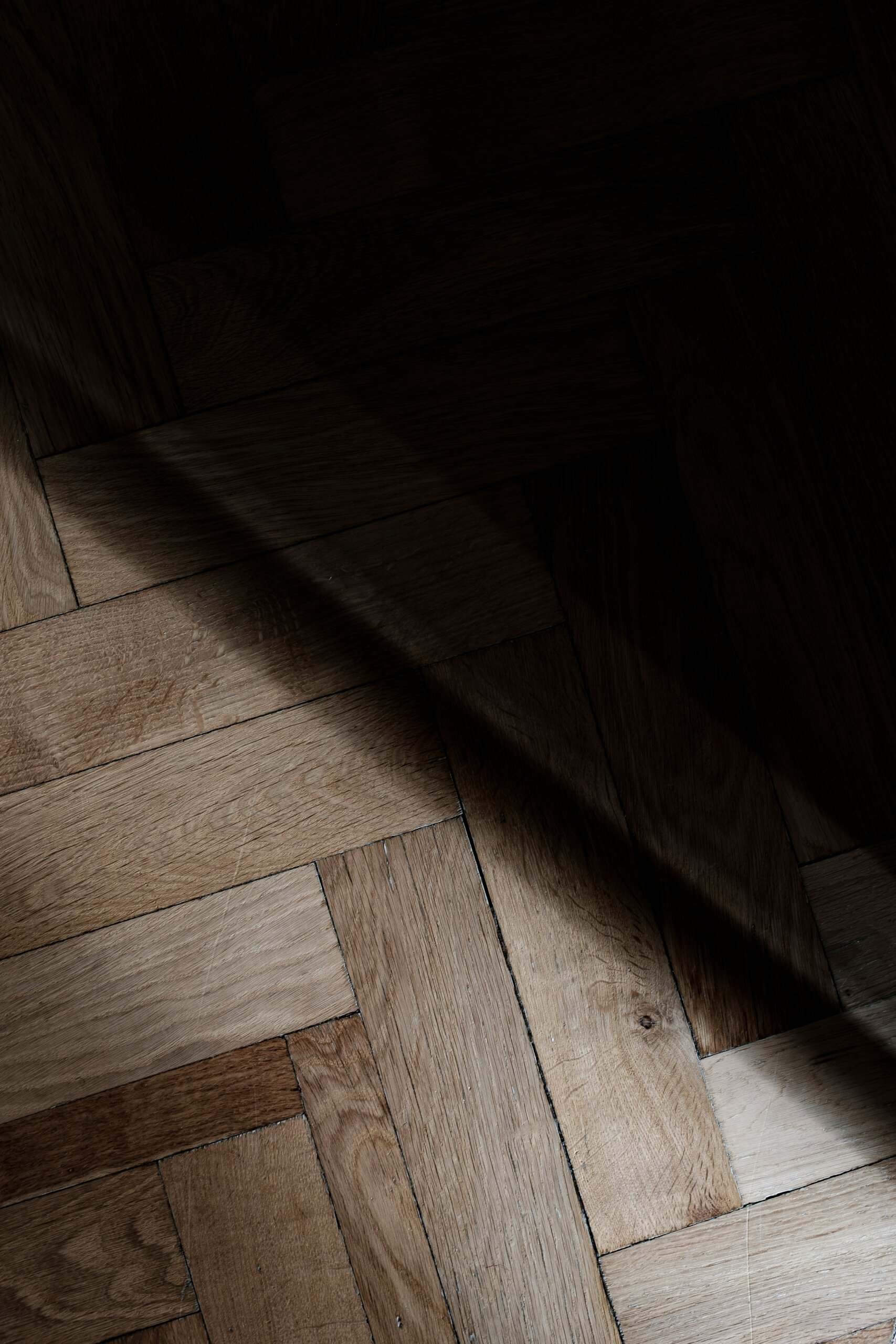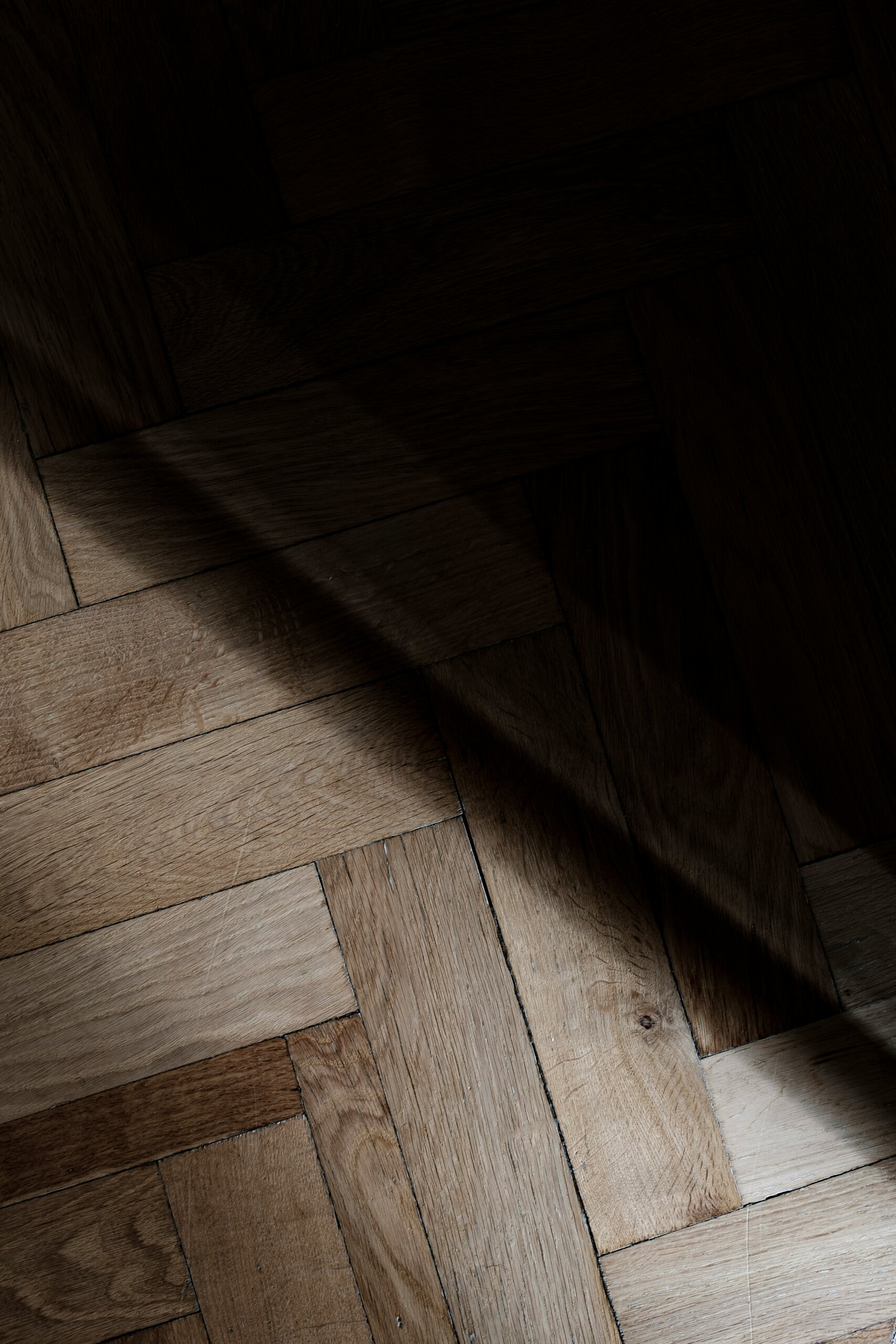
Introduction to Vinyl and PVC Flooring
Vinyl flooring and PVC (polyvinyl chloride) flooring are two popular options in modern interior design that offer versatility, durability, and aesthetic appeal. Both types of flooring are crafted from synthetic materials, making them an economical choice for homeowners and businesses alike. They are characterized by their resistance to moisture, ease of maintenance, and wide range of design options, contributing to their increasing popularity in residential and commercial settings.
Vinyl flooring is primarily composed of polyvinyl chloride along with various additives that enhance its properties. There are two main types of vinyl flooring: sheet vinyl and vinyl tiles. Sheet vinyl is typically installed in large, continuous rolls, which minimizes seams and enhances water resistance. On the other hand, vinyl tiles come in individual squares, allowing for more pattern customization. Both types are known for their comfortable underfoot feel and come in a variety of designs, including imitations of wood, stone, and ceramic finishes, which make them appealing for diverse decor styles.
PVC flooring, while sharing similar characteristics with vinyl, often emphasizes the more industrial usage of polyvinyl chloride. It is often utilized in environments that require enhanced durability such as hospitals, schools, and retail spaces. PVC flooring is known for its robust nature and ability to withstand heavy foot traffic and harsh cleaning procedures. This characteristic makes it an excellent option for areas prone to wear and tear, while also providing resilience against spills and stains.
Both vinyl and PVC flooring are increasingly utilized in renovation projects, driven by a desire for sustainable, cost-effective alternatives to traditional flooring materials. Their ease of installation, combined with aesthetic flexibility, allows homeowners and designers to create functional, beautiful spaces tailored to personal taste and lifestyle needs.
Advantages and Disadvantages of Vinyl Flooring
Vinyl flooring has gained significant popularity among homeowners due to its numerous advantages. One of its primary benefits is durability. Manufactured to withstand wear and tear, vinyl can resist scratches and dents better than many other flooring options. It is particularly well-suited for high-traffic areas, making it a practical choice for families or homes with pets. The structural composition of vinyl allows it to retain its appearance for years, even under considerable stress.
Another compelling feature of vinyl flooring is its water resistance. Unlike traditional hardwood or carpet, vinyl is impervious to moisture, rendering it an ideal option for kitchens, bathrooms, and basements where humidity is a concern. Homeowners often share positive experiences of having vinyl floors installed in moisture-prone areas without any issues of water damage or mold growth.
The ease of installation is yet another advantage that makes vinyl flooring appealing. Most vinyl products are designed for straightforward DIY installations, which can save homeowners money on labor costs. The availability of peel-and-stick options further simplifies the process, enabling quick and hassle-free installation even for individuals with minimal DIY experience.
However, vinyl flooring does come with certain disadvantages. One common concern is its susceptibility to dents. While the material is durable overall, heavy furniture or sharp objects can leave marks on the surface. Additionally, vinyl is known to fade over time when exposed to direct sunlight, leading to a less vibrant appearance as the years go by. Users often recommend using rugs or curtains to minimize this effect.
In conclusion, while vinyl flooring offers a wealth of benefits including durability, water resistance, ease of installation, and affordability, potential buyers should also weigh its disadvantages such as dent susceptibility and fading. By considering these factors, homeowners can make a more informed decision when choosing flooring that best fits their living environment.
Advantages and Disadvantages of PVC Flooring
PVC flooring, known for its versatility and sturdiness, is a popular choice among homeowners and builders alike. One of the primary advantages of PVC flooring is its resistance to moisture and stains, making it suitable for various spaces, including kitchens, bathrooms, and basements. This characteristic reduces the likelihood of water damage and mold growth, which can be critical in humid environments. Furthermore, PVC flooring is available in a wide range of designs, colors, and textures, allowing homeowners to achieve their desired aesthetic without sacrificing functionality.
An additional virtue of PVC flooring is its ease of maintenance. Regular cleaning typically requires only a damp mop and mild detergent, ensuring that it remains attractive without extensive effort or specialized products. The durability of PVC flooring also stands out; it withstands heavy foot traffic and can resist wear and tear, which can be particularly beneficial for families with children or pets.
Despite these advantages, there are notable disadvantages to consider when selecting PVC flooring. One significant concern is the potential for harmful chemical emissions associated with the manufacturing process. Some PVC flooring products may release volatile organic compounds (VOCs) over time, which can adversely impact indoor air quality. Therefore, it is crucial for consumers to choose low-VOC options to mitigate this risk.
Additionally, while PVC flooring offers a variety of design choices, it often lacks the authenticity and textural variety seen in natural materials. Compared to vinyl flooring, which can mimic the look of wood or stone quite effectively, PVC may have limitations in achieving specific desired aesthetics. When evaluating flooring options, it is essential to weigh the strengths and weaknesses of PVC flooring in relation to vinyl flooring to determine which best fits your needs.
Making the Right Choice: Factors to Consider
When it comes to choosing the right flooring for your home, two of the most popular options are vinyl and PVC flooring. Both materials offer a range of benefits, but several factors should be taken into account to make an informed decision that aligns with your specific needs and preferences.
Firstly, budget plays a crucial role in the selection process. Vinyl flooring tends to be more affordable and may fit better within tight budgets, while PVC flooring, although slightly pricier, is recognized for its exceptional durability and longevity. Understanding your financial constraints will help narrow down your options.
Aesthetic preferences are another important consideration. Vinyl flooring is available in a myriad of designs, colors, and textures, appealing to various tastes and styles. Alternatively, PVC flooring often mimics the appearance of natural materials, such as wood or stone, providing a sophisticated look. Evaluating which aesthetic resonates with your home décor will guide your choice.
Additionally, consider the specific functions of the rooms where the flooring will be installed. For instance, areas that experience high moisture, such as bathrooms or kitchens, may benefit from PVC flooring’s water-resistant properties. In contrast, vinyl flooring may be better suited for living rooms and bedrooms due to its comfort underfoot.
Maintenance requirements also differ between these two options. Vinyl flooring is relatively easy to clean and maintain; however, PVC flooring is ideal for those seeking minimal upkeep, as it can withstand heavy use without losing its appeal. Assessing the time and effort you are willing to invest in maintenance will inform your choice.
Lastly, consider long-term sustainability. Both flooring types are manufactured using synthetic materials, but researching each option’s environmental impact will empower you to make a responsible choice for your home. Balancing these various factors—budget, aesthetics, room function, maintenance, and sustainability—will ultimately help you determine whether vinyl or PVC flooring is the best fit for your lifestyle.



